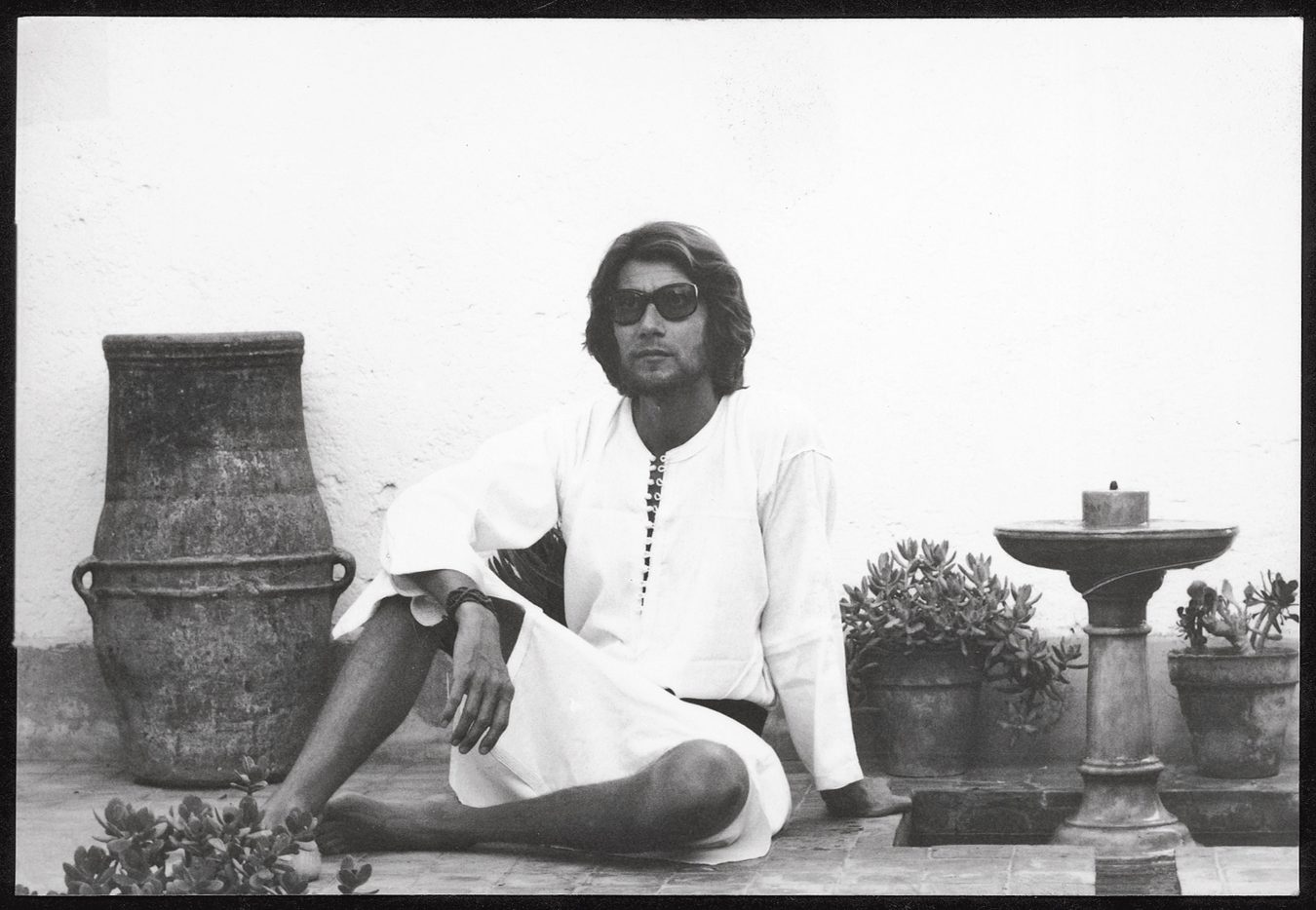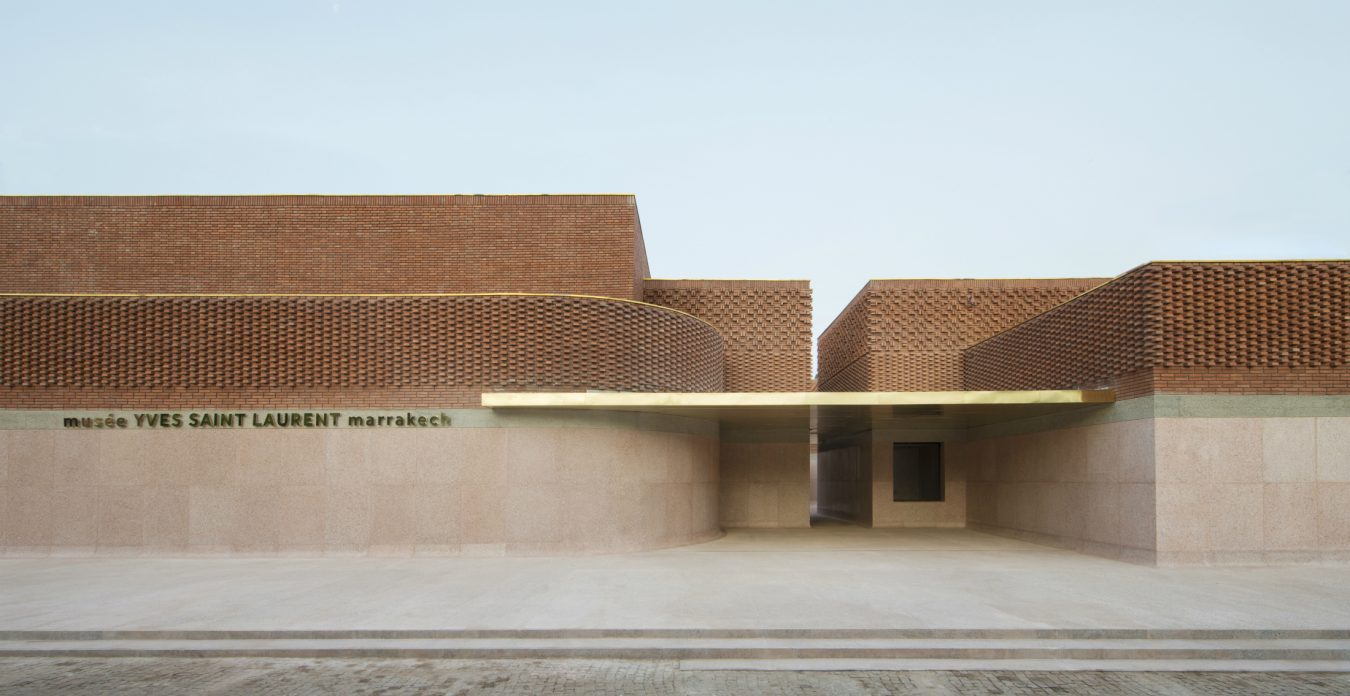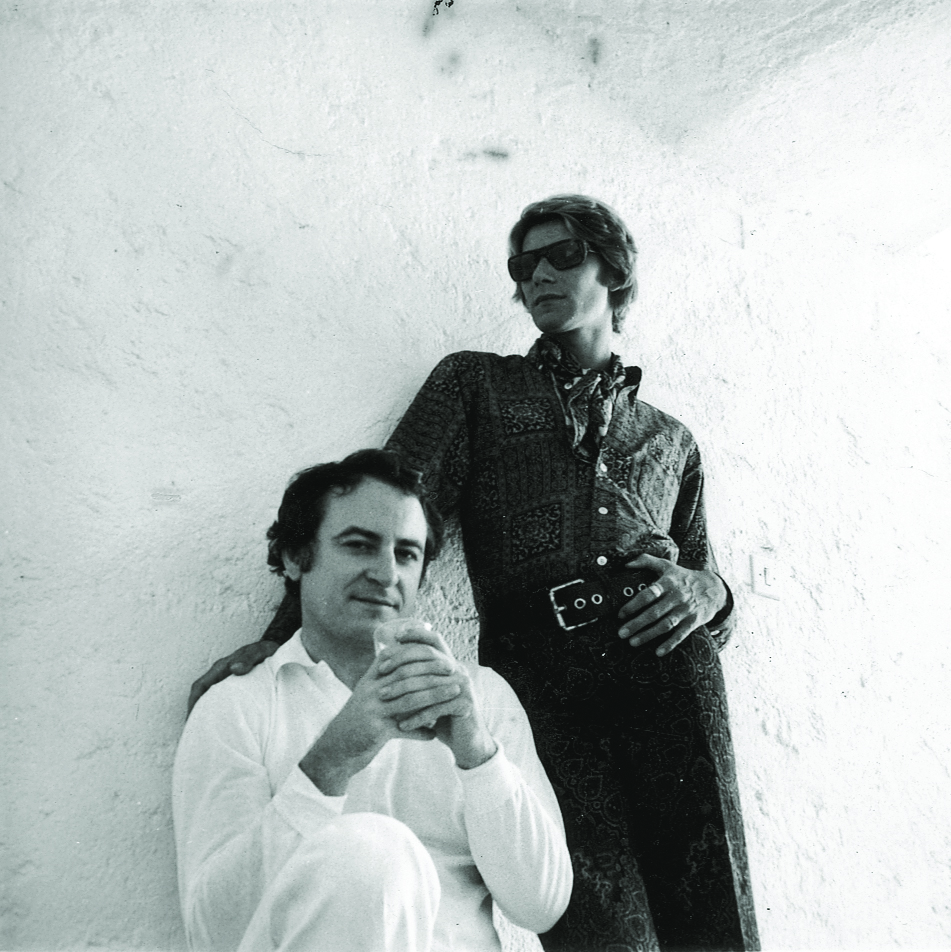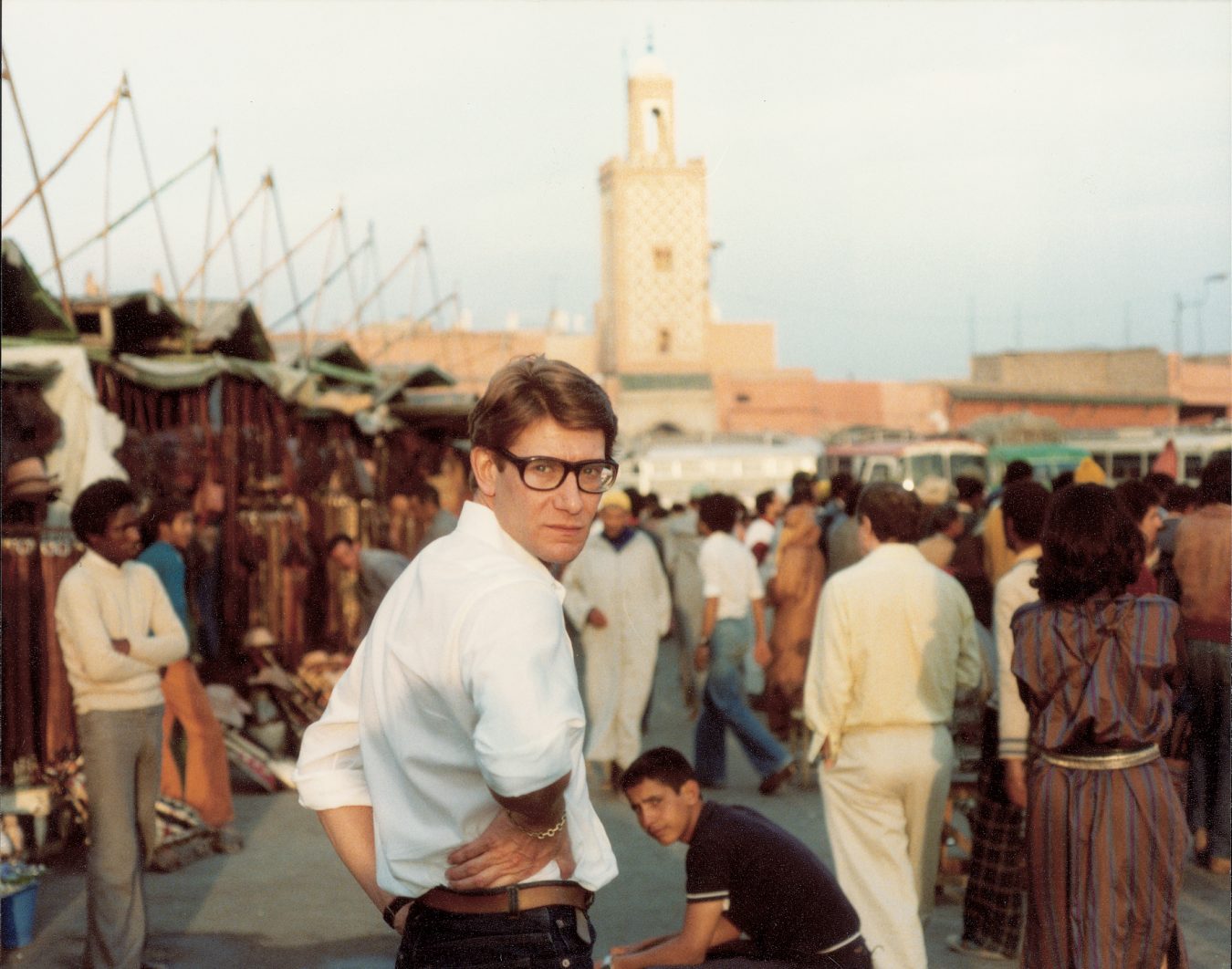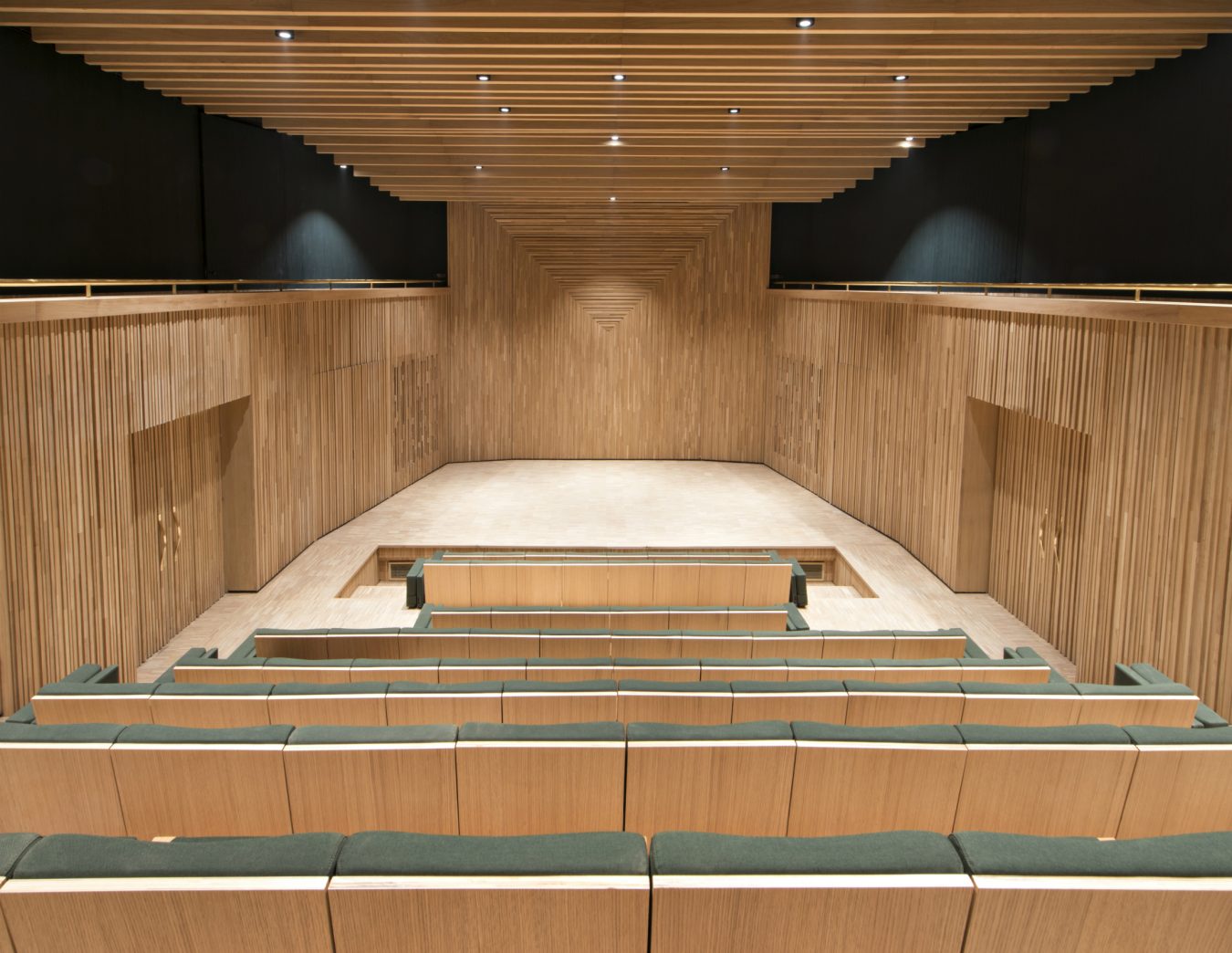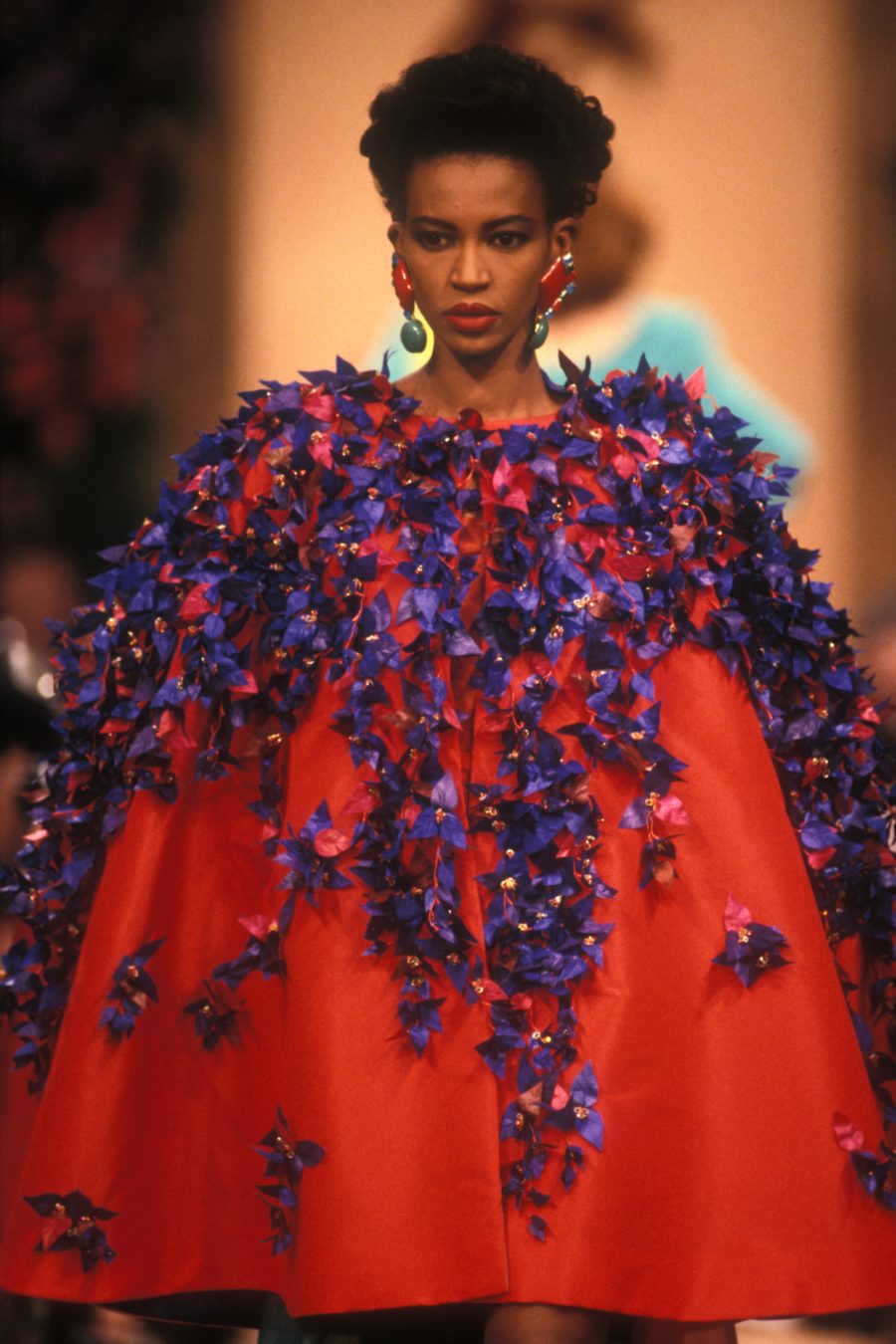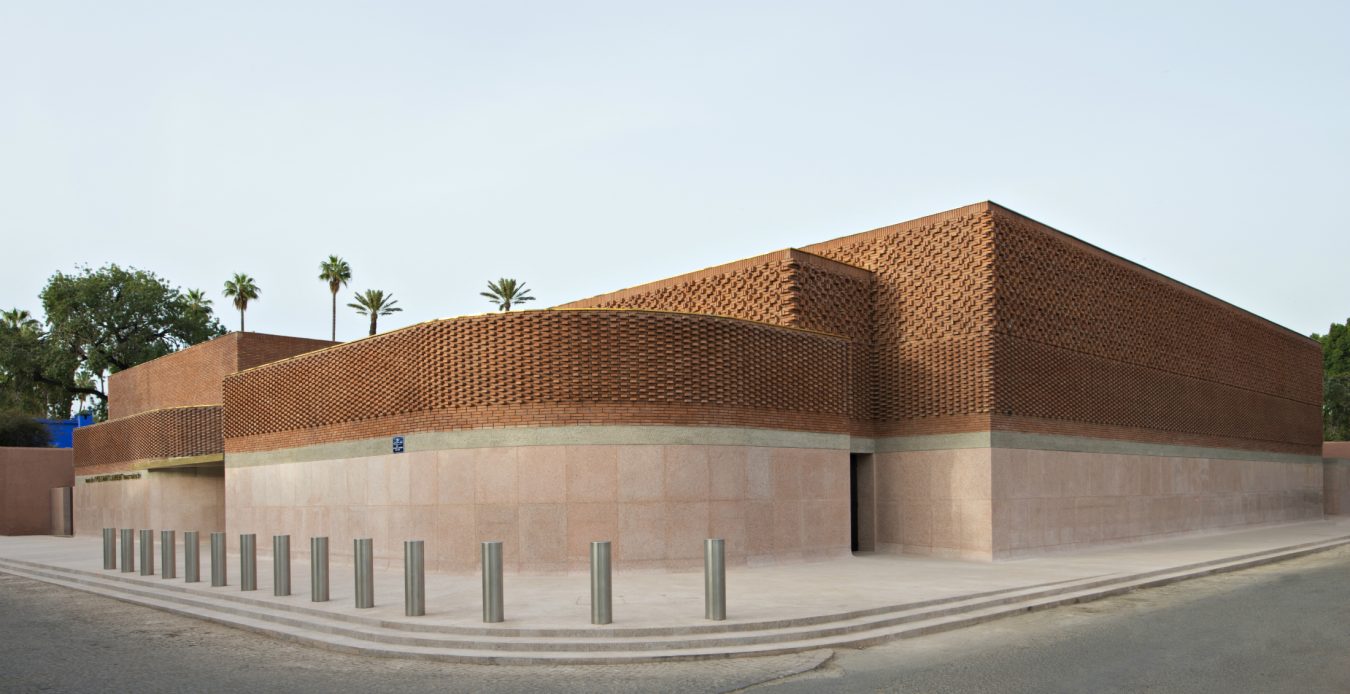Imagine living in a black-and-white world and then suddenly discovering colour. Life turns from dull to electric, with bright blues and yellows and reds covering landscapes, buildings, people.
That is how Yves Saint Laurent felt upon landing in Marrakech, Morocco in 1966. It is here that the late, legendary fashion designer realized the power of vibrant, vivid hues. The North African city went on to inspire many pieces and collections for his eponymous clothing and accessories house.
Saint Laurent’s time in Marrakech is prolific; not only did he and longtime life and business partner Pierre Bergé travel here in ‘66, but they fell so in love with it that they purchased a local home and continued to visit on a regular basis. The Moroccan influence is felt throughout Saint Laurent’s late ‘60s and early ‘70s collections, though really one cannot argue it was present until he stopped designing in the 2000s (he died of brain cancer in 2008). Just over 50 years after touching down on Moroccan soil, Saint Laurent’s adoration for Marrakech is being celebrated with the highly anticipated launch of Musée Yves Saint Laurent Marrakech, which opened its doors to the public on Oct. 19, 2017, on Rue Yves Saint Laurent.
The exterior of the building sets the tone: long and geometric but covered in Marrakech’s ubiquitous pinky-sand hues, it is at once traditional and contemporary. Guests enter through a circular courtyard where in the centre, three letters—YSL—bask in the sunlight.
Inside, the journey begins with the rotating permanent collection of 250 haute couture Yves Saint Laurent pieces. “We start the exhibition with the Mondrian, 1965,” the museum’s head of communications, Zora El Hajji, says on a private tour prior to opening. “The most copied dress in fashion history.” The room hosts designs created between 1962 and 2002, along with signature accessories and noteworthy photographs and sketches. “He’s the first who started the spirit of conservation,” explains El Hajji. “In ‘64 he started to write a little “M” on his sketches, “M” for museum. So he was aware about the importance of conservation.”
There is also a photo gallery, a rotating exhibition space (launching with the work of French painter Jacques Majorelle—El Hajji says it is the first exhibit of his work since he died in 1962), and a near-acoustically perfect auditorium that will host live music and opera. As El Hajji emphasizes, this museum is not merely a place to come and view the work of Yves Saint Laurent; it is meant to be a cultural gathering place. “It’s very important we have this auditorium, and we have a library upstairs with very rare books, and downstairs we have very important conservation space,” she says. “It’s very important to present this as a cultural centre. It’s for the Moroccans.” The auditorium especially, she says, was “very important to Pierre Bergé.”
Heartbreakingly, Bergé died just over a month before the museum opened (and a mere three weeks before the launch of a sister museum in Paris). Bergé was Saint Laurent’s number one fan and number one sounding board, his big dreamer and his partner in crime. Bergé fought continuously to preserve his love’s legacy with the Fondation Pierre Bergé – Yves Saint Laurent, and was personally involved with every aspect of both museums. “I don’t know if it will stop being emotional at a certain time, it will be emotional every time,” El Hajji says of Bergé’s death. “Even when we’re here, it’s not open yet, but it’s very emotional for us. You feel the spirit. There is no Pierre Bergé without Yves Saint Laurent, and no Yves Saint Laurent without Pierre Bergé. They are here and you feel the strong spirit in every choice here.” In particular, she says of Bergé, “I think it will be very, very emotional to open the museum without him.”
The building sits around the corner from Jardin Majorelle, a garden complex originally owned by Jacques Majorelle and eventually purchased and preserved by Saint Laurent (he and Bergé even lived in the house on the property at one time). Among the bright blue paint and swaths of exotic green plants, signs lead to a memorial for Saint Laurent. Surrounded by green leaves, the column and plaque are connected by a large square painted pink. And today, another sign has been added to the mound: Pierre Bergé, 1930 – 2017.

